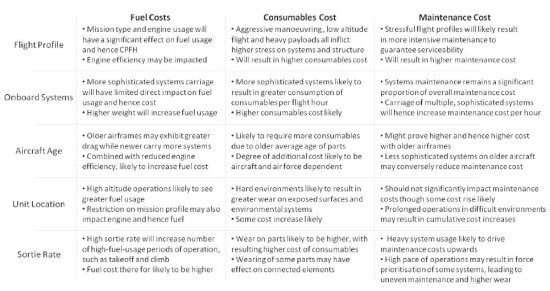Of course. Interesting that while you mention that spares, inventory maintenance, and other costs as fuel all go as common factors whether its for the USAF or the JASDF or the PAF, you should also realize that there will not be such a great difference for these costs so as to account adequately for the claim that the JF-17 costs only 1/3rd as much as western jets unless the huge differences in manpower costs are part of the calculation. Any interested parties will get the details, but the public like me should take these claims with a large pinch of salt.
Well, we take lots of claims as pinches of salt.. but it has to be done with.. as they say in cricket.. "
benefit of doubt to the batsman".
There may very well be such a great difference in costs.. and I fail to see the basis of your skepticism for this. After all, if there are difference in maintenance costs for something like a Honda and Suzuki.. I fail to see why that cannot be the case in an aircraft.
Some reports put the Super Hornet's flying hour costs at $5000 an hour.. which sounds ludicrious unless one looks into the factors that go into it.
How many flying hours per year?
How many personnel maintain it?
How much does the fuel cost in that country?
But a basic rule for COST per flying hour is this.
Parts + Fuel + Modifications
------------------------------- = CPFH
Hours Flown
in more detail . there's this given by SAAB for the Gripen.. now should we take this with a pinch of salt as well.. since how could SAAB take into the fuel prices as equal for all the jets? where did it take the costs.
Yet at the end.. there is this statement.
Owing to the differing methods of calculating aircraft operating cost per flight hour and the large number of interlinked factors that affect such a calculation, IHS Jane’s believes that any flight hour cost figure can only be regarded as indicative and that there is no single correct answer to such a calculation
Hence, the ACM may very well be right in his claim as the JF-17 might cost the PAF that amount compared to the cost of operating a F-16 in Pakistan may be greater. At the same time, the AirChief might be given figures similar to what Janes has been given. Hence, to him those 45000-50000 costs being indicative of both procurement and operating costs would be valid. Perhaps, if figures from the MMRCA evaluation on operating costs come out at some time, they might shed light better as cost for the IAF would still generally be similar in many aspects. Hence, while the pinch of salt is a mandatory intake in such statements... it is not one that should be taken because the ACM said it anyway.. it is because "costs" in accounting terms is the most variable figure on this earth.











